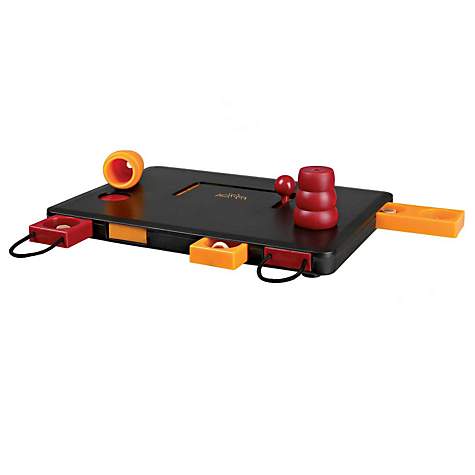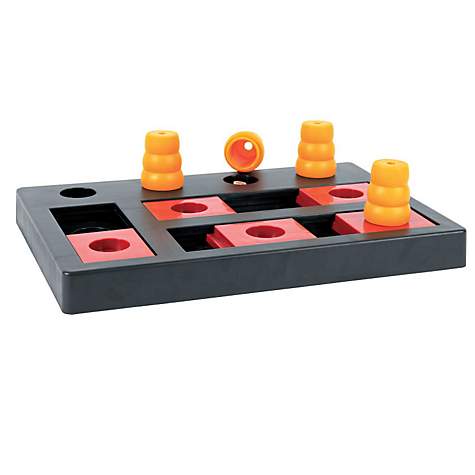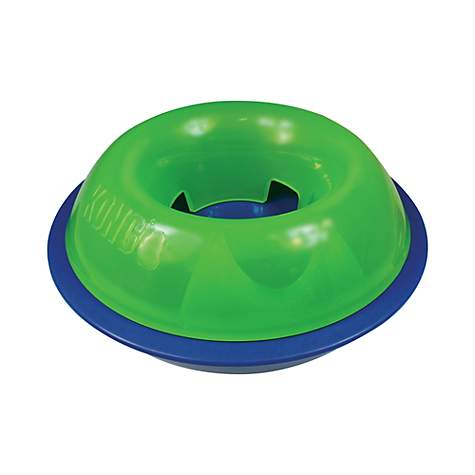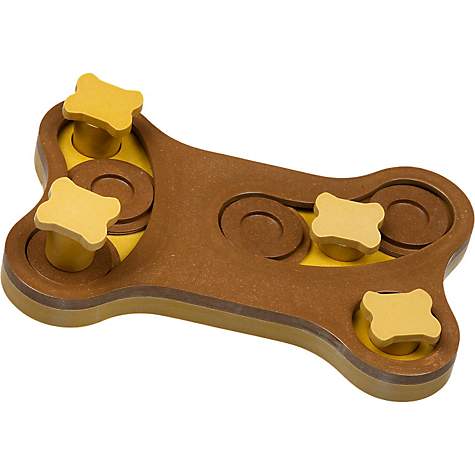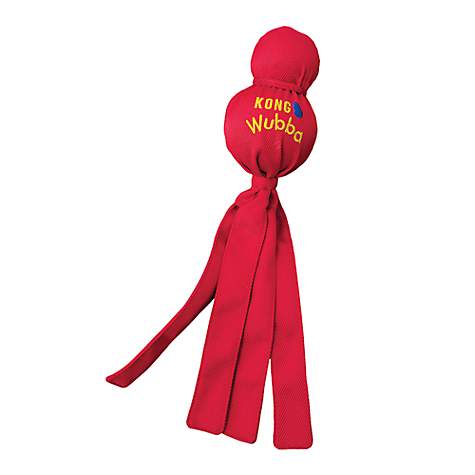They Don't Just Howl
(Malamute Vocalization - Howling & Talking and everything in between)
One myth about Malamutes and northern dogs in general that I'd like to debunk is that they "don't bark". It's a myth. Some malamutes just bark, but the majority tend to have a very large vocabulary of howls, yodels, yips, chirps, barks, grumbles, rumbles, snorts, huhs, and a few other sounds....in other words, Malamutes have a very rich vocabulary they use quite often - they are by no means a "quiet" dog. One thing you'll hear often is that they "talk". Talking implies they are having a conversation with you and they seem to think they are! They will ask for your attention, and answer you when you speak to them. Get a talkative mal going and you can have a long, ongoing conversation (though you probably won't know what was said!) Most mals are quite the talkers so if you're expecting a "quiet dog that doesn't bark" - this may not be the breed for you. 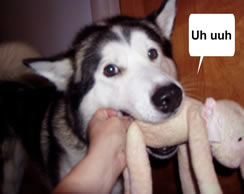
Often their "talking" is mistaken for aggression by the uninformed. Because some mals talk in a lower, rumbly tone it can be mistaken for growling. The owner can usually tell the difference, but someone else may not and feel intimidated. It's your job as a mal owner to know the difference and remove the threat if it's an aggressive noise, or reassure the person if it's a friendly noise because it's not always apparent to the non-malamute owner. Theodore likes to make a "huh" sound when he needs to go out. Gracie would "purr" when she gave hugs. These are neither howls or barks, but some of the rich vocabulary most malamutes have.
When a Malamute does bark it ordinarily means "alert - something is happening and I'm not sure about it at all". This is meant for you to take notice. Dogs that are raised with barking dogs (other breeds typically) tend to bark more and under more circumstances, but the typical mal in a typical malamute household only barks to alert. When Shadow came back to us he did not howl - he learned to bark from neighbor dogs. While he didn't howl, his barks had many different tones to convey many different meanings - aggression, play with me, no, yes, and more. When you hear a lab bark it's pretty much the same each time, but when a Malamute barks it's not. Also, you will note a shy or skittish dog may bark at people it knows. Even insecurity can have them barking at people you would not expect. Jazzy will fold her ear (a tell-tale sign of insecurity) and bark at Dan. She loves Dan, but will sometimes bark at him then jump back at her own voice! Holly used to bark at people who visited interested in puppies - not everyone, just those she wasn't sure about. So if your malamute barks, it could mean something... or nothing...
What malamutes are known for is howling and you'll find everyone expects them to howl like wolves all the time. However, there are various kinds of howls and they can mean many different things. There is the mournful lonely, I'm bored or I miss you howl which is normally associated with wolves and what non-mal owners expect. The solidarity howl (usually when you have a pack and one dog is separated from that pack) and the group bark (alert! alert! something is amiss!- all join in to this group-howlfest). Then there are the non-howl noises - short woofs can mean "hey, did you hear that?" to a low, rumbly "don't like this". Each malamute will have a unique set of sounds specific to him so it's difficult to generalize and even more difficult to understand in a dog that is not yours.. If you have several malamutes, and know them well, you can usually tell one voice from another, even in a group.
Talking is much more complex than howling or barking. Often some of the sounds can resemble actual human words. Penny used to say something that sounded a lot like "I ront a raw raw (rawhide)". And she did. Superman has a very complex set of vocalizations - and my favorite is if you ask him a question and you WILL get a "rup" or "oooo". (yes or no). He also uses specific words for go outside, or I want to go in my crate and the door is locked. He has a word for asking if someone else can go outside with him. He has words for certain snacks and certain toys. He actually uses a rudimentary sentence structure. He has a huge "woo" vocabulary...probably the largest of any mal we've had. Homer used to "sing" Happy Birthday - he actually thought he was sining words and would always join in - but only to the Happy Birthday song. Also, we've had some mals use the same signature "phrase" all the time in many different situations. For example Mula will say "Woo woo, woo woo, wooooo" when she is happy, is greeting you, and sometimes I have no idea what she's trying to convey but she knows exactly what she's saying. No one else uses this phrase - it's hers alone. If you ask her what she wants she'll just repeat "Woo woo woo woo wooooo" as if you must understand completely! At other times she will take this to another level and will change the tone and inflection in response to your questions - so they clearly think they are telling you something specific. This can either be quite fun (egging them on) or quite frustrating (when they want something and you can't figure out what it is) or need quiet because you're on the telephone (which is always when they decide to talk the most!).
Malamute sounds are quite complex and use a large range of inflection, tone, volume, facial expressions and body language to add meaning to the sound. While some breeds bark just to bark, a malamute makes noise to communicate his frustration, happiness, anger, and other emotions and needs. This is not a dog that ONLY barks to go outside or to throw the ball. Sure, they have sounds for those activities (and if you know your dog well, you'll soon learn to recognize them), but if you listen closely the intensity can change meaning throw the ball farther, or I need to go outside NOW. Malamute is a language just as complex as our own. Fortunately, Malamutes are quite adept at understanding us even if we are not so adept at understanding them.
Dogs are masters of communication - particularly since they use smell, body language and facial expressions to enhance the meaning of sounds, or in lieu of sound. They are experts at reading us, and are far better at it than we are at reading them. If your average dog is a master of communication - that must mean your malamute is a communication genius! Don't worry, if you don't get it the first time, most mals are more than happy to repeat their brilliant ideas or complaints until you get it! Your malamute wants to communicate with you - and while some dogs communicate with a wagging tail...you'll also need to watch eyes, ears, and body language too with a malamute. However, the vast majority of malamutes realize we are a vocal species and so are they - maybe that's why they make such great soul mates?



